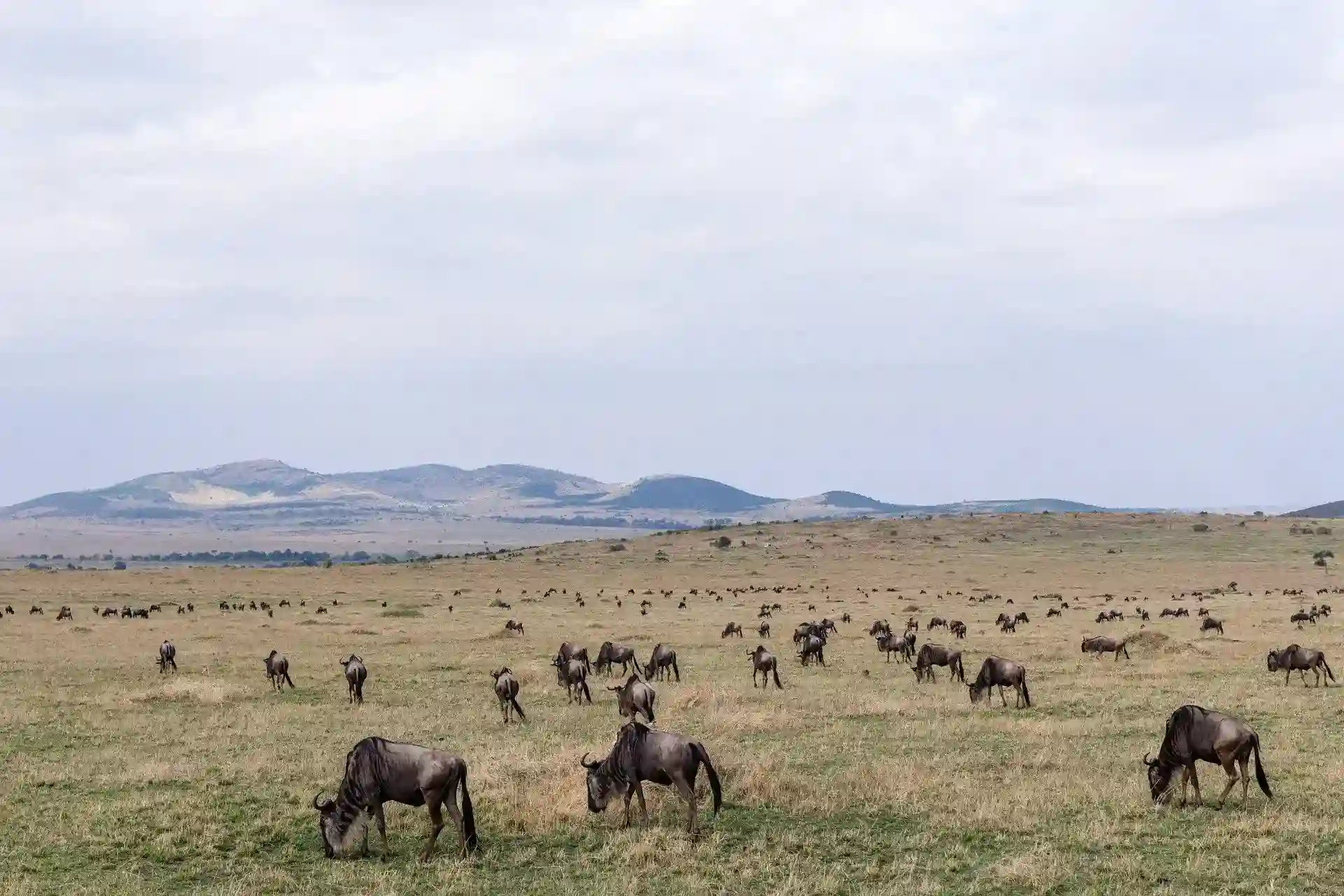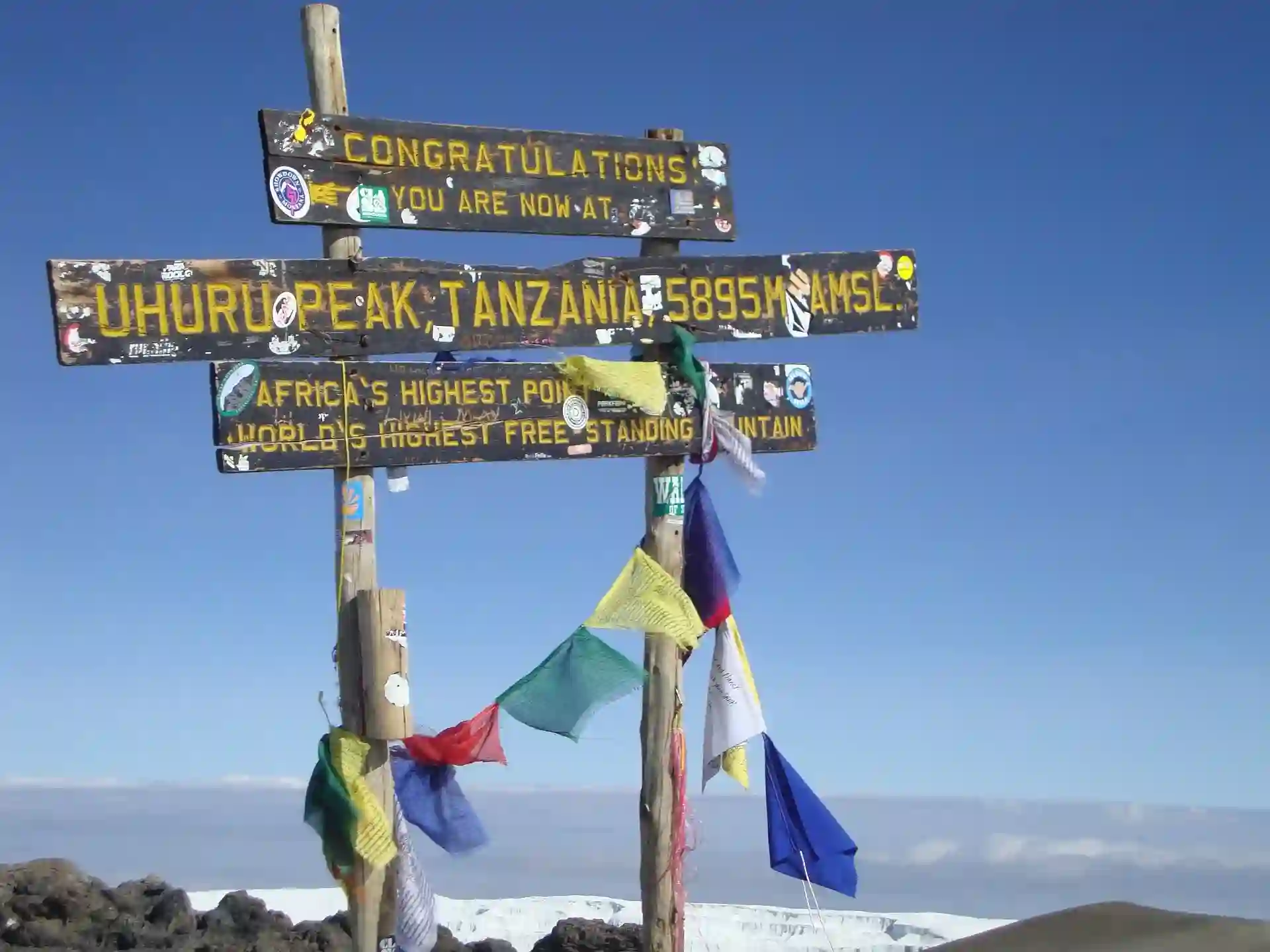Kilimanjaro Weather: What Climbers Need to Know
Mount Kilimanjaro’s weather is as diverse as the landscapes you'll cross during your trek. With five climate zones stacked on top of one another, the mountain offers everything from tropical heat to arctic cold—all in a matter of days. Here's what you need to know about Kilimanjaro’s ever-changing conditions.
Kilimanjaro's Climate Zones
Mount Kilimanjaro features five distinct ecological zones:
- Cultivation Zone (800m–1,800m): Warm and humid with farmland and villages.
- Rainforest Zone (1,800m–2,800m): Wet, lush, and home to many species of birds and animals.
- Heath/Moorland Zone (2,800m–4,000m): Cooler with less rainfall, known for giant lobelias and shrubs.
- Alpine Desert Zone (4,000m–5,000m): Dry, windy, and marked by large temperature shifts.
- Arctic Zone (5,000m+): Ice, snow, and freezing temperatures near the summit.
Typical Weather on the Mountain
The weather can shift drastically during a single day. Clear mornings often give way to clouds or rain by afternoon, followed by colder, clearer nights. Winds are common at higher altitudes, especially near the summit.
Kilimanjaro creates its own weather systems due to its massive size and altitude. The mountain intercepts trade winds from the Indian Ocean, pushing moist air upward where it cools and condenses into rain or snow.
Temperature Ranges
Temperatures at the base range between 21°C to 27°C (70–80°F). As you ascend, it becomes significantly colder. Nighttime temperatures at the summit can drop between -7°C to -29°C (20°F to -20°F).
The largest factor affecting temperature isn’t the season but the altitude and time of day. Days are often warm under the sun, while nights are freezing—especially at higher camps like Barafu or Kibo Hut.
Rainfall & Dry Seasons
Kilimanjaro has two rainy seasons:
- Long rains: March to May – heaviest rainfall, especially on southern routes.
- Short rains: November – lighter and less predictable.
The best climbing months are during the dry seasons: January–February and June–October, when skies are clearer and trails are drier. However, occasional rain and cold snaps can happen anytime.
Snow on the Summit
Yes, snow and ice are common near the summit, particularly during the rainy seasons when moisture from the Indian Ocean rises and freezes at high altitude. While glaciers have retreated over the past century, snowfields and ice patches still cover parts of the summit year-round.
Expect to walk through snow or ice, especially on the final push to Uhuru Peak. Proper gear is essential to handle slippery conditions and sub-zero temperatures.
How to Prepare
Because of the extreme range of weather conditions, climbers must pack for everything: sun, rain, wind, and snow. Layered clothing is essential to adjust as you ascend through climate zones.
- Bring waterproof outerwear for sudden rainstorms.
- Use thermal gear for summit night.
- Protect against sunburn even in cold zones—UV rays are stronger at altitude.
- Stay hydrated and watch for signs of altitude sickness, which can be worsened by cold temperatures.
With the right preparation and support from experienced guides, you’ll be ready to face Kilimanjaro’s majestic but unpredictable weather.
EXCELLENT

Based on 30 reviews

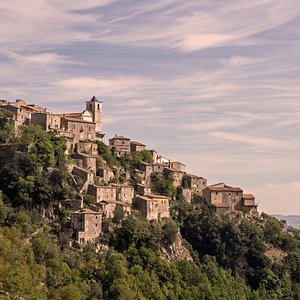

Roderick P
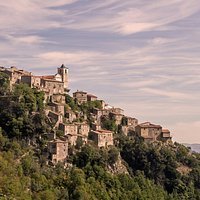

William J
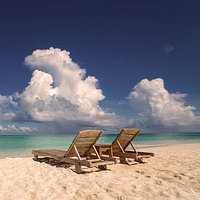

Jane R
Let's talk about your
Trip to Africa!
All our custom itineraries are inspired by our travel experts and positive feedback from past travelers. We're sharing them so you can get a taste of the experience. However, we're flexible and can tailor-make an itinerary just for you. Let us know your preferences (parks, accommodation, timing, etc.), and our safari experts will create a personalized proposal. USEFUL ARTICLES PLAN MY TRIP
Let's talk about your
Trip to Africa!

Unleash the wild beauty of Africa! Trek Mount Kilimanjaro, roam the Serengeti, and explore Ngorongoro Crater—your extraordinary safari awaits. Book Your Dream Adventure Today!
Close
